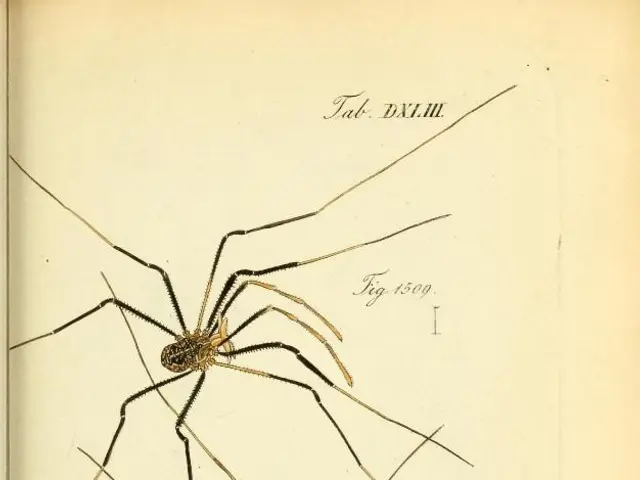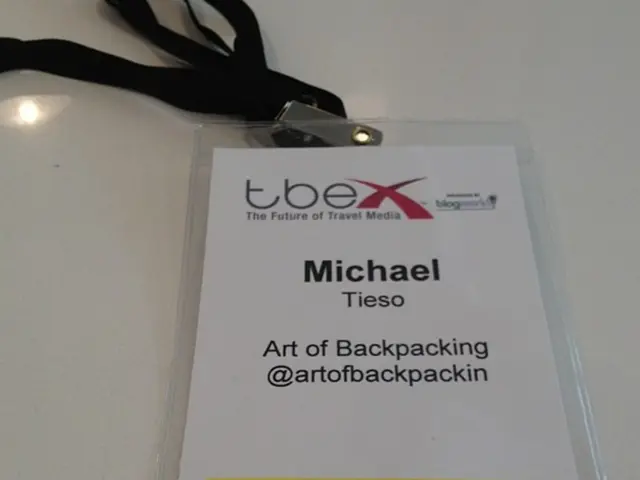Sara Walker joins our writer in discussing the Assembly Theory hypotheses concerning the origin of life
The nature of meaning in language and the emergence of complex structures in life can be traced back to the causation and relationships between recurring patterns. This principle, known as self-reinforcement, is a fundamental force that drives the creation, maintenance, and evolution of complex structures.
Self-reinforcing structures are constantly fighting against non-existence and once established, can persist and evolve. The Assembly Theory Framework, a concept that explains how closed loops can maintain and replicate themselves, is a prime example of this phenomenon.
In biological life, self-reinforcement manifests as persistent information structures that guide cellular behavior, maintaining form and function even as material components are replaced. This principle of self-referential feedback loops allows the organism to remain a coherent agent over time, effectively "closing the loop" on itself and sustaining complexity.
An interesting application of this concept can be seen in the self-reproducing molybdenum ring in inorganic chemistry. This ring acts as a template for smaller components, creating a self-reinforcing cycle. The key to maintaining and replicating structures, it seems, lies in creating closed loops where different components reinforce each other's existence.
The sudden collapse of the possibility space onto self-reinforcing structures marks the abrupt transition in the origin of life. Life emerges when structures can reinforce their own existence.
The large molybdenum ring collapses into producing just one structure out of an exponentially large space of possible molecular configurations, a testament to the power of self-reinforcement. The two key factors considered in the Assembly Theory Framework are the number of copies of a structure that exist and the number of recursive steps required to create it.
Beyond biology, self-reinforcement extends to concepts such as language where recurring patterns give rise to meaning. Language systems are inherently self-reinforcing, as they evolve through continuous use, adaptation, and feedback among speakers. Meaning and grammar develop and persist because users repeat, modify, and build upon linguistic conventions, creating a complex, self-sustaining structure of communication.
The Assembly Theory Framework provides a method to differentiate between structures that can arise randomly and those requiring an evolutionary process. Self-reproduction is incredibly rare in nature and is what makes life so remarkable. The evolutionary struggle isn't just between existing things, but also between what exists and what never gets the chance to exist. Each new structure that emerges excludes countless other possibilities.
For organic chemistry, the magic number of steps appears to be around 15, beyond which only molecules produced by living systems are observed. The self-reinforcing nature of life contributes to the emergence and persistence of complex structures by enabling systems to maintain and build upon organized patterns through continuous feedback loops of self-reference, renewal, and adaptation.
In conclusion, the self-reinforcing nature of complex structures is a fundamental force that drives the creation, maintenance, and evolution of complex structures in various domains, including inorganic chemistry, organic chemistry, and language. This principle allows complex forms to develop and persist despite constant turnover at microscopic levels, as the system continuously models and maintains its identity and function over time.
- Science, especially in the field of inorganic chemistry, demonstrates self-reinforcing structures through the self-reproducing molybdenum ring, which acts as a template for smaller components.
- Health-and-wellness, fitness-and-exercise, and nutrition are all areas where the body maintains and replicates itself, using self-referential feedback loops to build complex structures and maintain coherent function.
- In terms of lifestyle, food-and-drink choices and environmental-science practices contribute to the continuous evolution of self-reinforcing structures, as patterns of consumption and resource use are repeated and modified over time.
- Education-and-self-development, like in language, reveals self-reinforcement at work as patterns of meaning and grammar develop and persist through user-generated repetition and adaptation.
- Technology provides a platform for understanding self-reinforcement, as it evolves through continuous use, feedback, and adaptation, ultimately creating complex, self-sustaining structures for communication, innovation, and progress.




